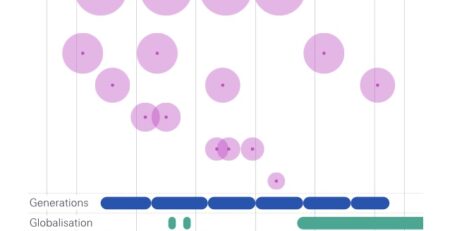Medium-Run Implications of Changing Demographic Structures for the Macro-Economy
By Yunus Aksoy (Birkbeck, University of London),Henrique S. Basso (Birkbeck College, University of London) & Ron Smith (Birkbeck College)
In the decade since the onset of the financial crisis, the disappointing recovery has sparked renewed concern about the medium-run outlook for advanced economies. Rather than returning to the pre-crisis trend, output has continued to diverge from it. It is difficult to know whether this is a cyclical phenomenon, a slow recovery towards steady state, or a secular change in the nature of steady state growth, an indication of secular stagnation. While there may be an important, but transitory, cyclical component in the poor performance of the past decade, we will emphasise the secular forces: the impact of demographic structure and innovation. We draw on the empirical and theoretical work reported in Aksoy, Basso, Smith and Grasl (2015), ABSG, about the impact of changes in demographic structure on macroeconomic outcomes. This suggests that changes in age profile not only have significant implications for savings, investment, real interest rates and growth but also for innovation. The size of the effects seems plausible. For instance, if in 2015 the UK had the 1970 age structure, it would have added 0.68 percentage points to the long-run annual growth rate. The model suggests that the population aging predicted for the next decades will tend to reduce output growth and real interest rates across OECD countries.
Source: SSRN










